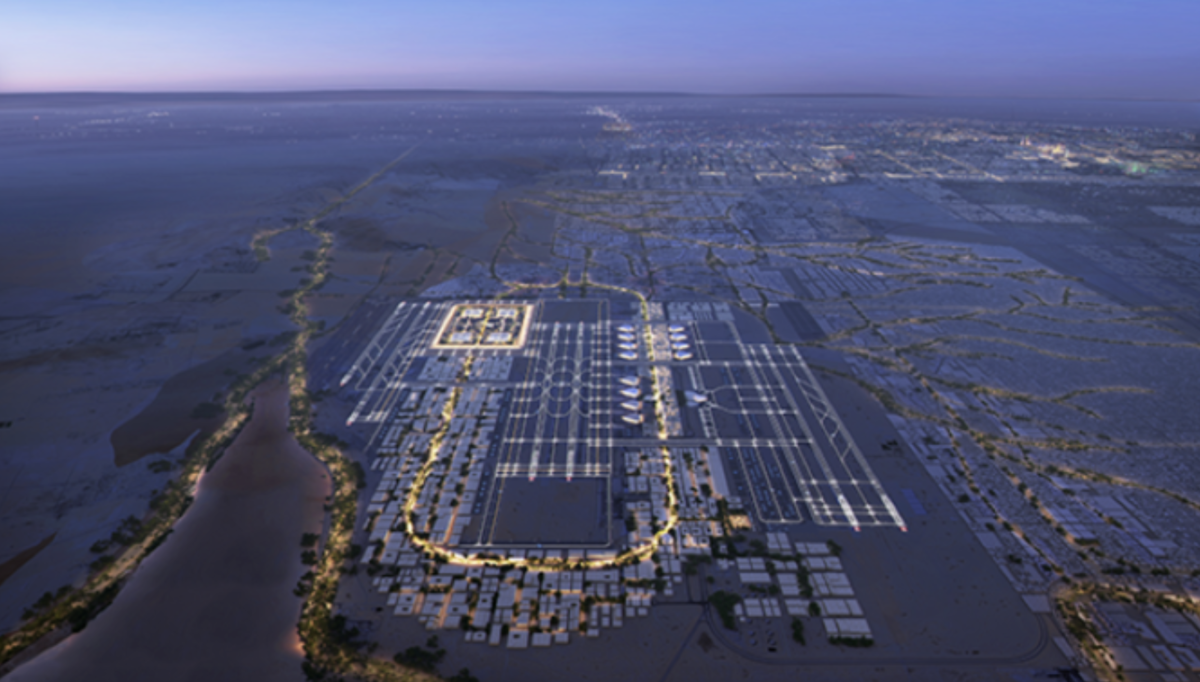RIYADH: Expatriate remittances from Saudi Arabia surged to SR13.43 billion ($3.58 billion) in October, marking the highest monthly total in two and a half years, according to recent data.
Figures from the Saudi Central Bank, also known as SAMA, show that this sum reflects a 23 percent increase compared to the same month last year, underscoring robust growth in outbound transfers.
Remittances sent abroad by Saudi nationals reached their highest value in nearly two years, totaling SR6.32 billion in October. This reflects a 14 percent increase compared to the same period last year, according to SAMA data.
The significant rise is closely tied to the Kingdom’s evolving economic policies and efforts to create a globally attractive environment for expatriates. It is also driven by rising disposable incomes of Saudi nationals, investments abroad, and the ease of digital money transfers facilitated by fintech advancements.
These transfers represent not only the financial support expatriates send to their home countries but also a reflection of their increased earning power and job stability within Saudi Arabia’s thriving economy.
According to recent research by the Global Media Insight team, Saudi Arabia’s population stood at 37.47 million as of November. Riyadh remains the most populous city with 7.82 million residents, followed by Jeddah with 4.94 million.
The latest Saudi census report, released in May 2023, highlighted that expatriates make up 41.6 percent of the total population. Among them, Bangladeshi nationals are the largest group, totaling 2.12 million — comprising 1.95 million men and 0.17 million women.
Indian nationals occupy the second spot with 1.88 million individuals, of whom 1.71 million are men and 0.17 million are women. Pakistanis rank third, with a population of 1.81 million, including 1.65 million men and 0.16 million women.
Factors driving remittance influx
In July, Saudi Arabia was recognized as the second-best country for expatriates globally, according to the Expat Insider survey, outpacing nations like the US and UK.
The survey highlighted Saudi Arabia’s strengths in career prospects, job security, and salaries, with 75 percent of expatriates reporting improved career opportunities after relocating to the Kingdom.
This upward mobility, coupled with high satisfaction rates with the local economy — 82 percent of expats expressed confidence in its strength — has directly contributed to their financial capability to remit larger sums abroad.
Moreover, the industrial sector’s growth, supported by government initiatives such as the fee waiver for expatriate workers in the sector, has played a pivotal role in boosting expatriate earnings.
According to a September report by the Federation of Saudi Chambers, investments in the industrial sector surged by 54 percent from 2019, fueled by the fee exemption, which is set to continue until the end of 2025.
These measures led to increased employment opportunities for expatriates, particularly in industrial roles, enhancing their income and capacity for overseas remittances.
The introduction of the premium residency program in October further underscores Saudi Arabia’s commitment to attracting and retaining skilled expatriates.
Offering benefits such as property ownership, business operations, and visa-free mobility, this initiative has drawn top-tier professionals, particularly in health care and other priority sectors.
By securing premium residency, these expatriates gain stability and income growth, further amplifying their ability to send financial support back home.
These factors collectively explain the robust increase in remittances. They highlight how Saudi Arabia’s dynamic economic transformation — rooted in Vision 2030 — continues to enhance the financial well-being of its expatriate population while strengthening the Kingdom’s global economic ties.
Saudi Arabia’s advancements in financial technology have further revolutionized the remittance process, offering expatriates cost-effective, fast, and secure ways to transfer money abroad.
Fintech innovations have introduced platforms and apps that simplify cross-border transactions. Digital banking tools have become widely accessible, ensuring that expatriates can send funds anytime, anywhere, with just a few clicks.
These services often feature lower fees compared to traditional banking channels in other countries, making remittance from Saudi Arabia an attractive option for expatriates.
Additionally, the Kingdom’s robust regulatory framework ensures transparency and security, further encouraging expatriates to rely on these digital solutions.





























